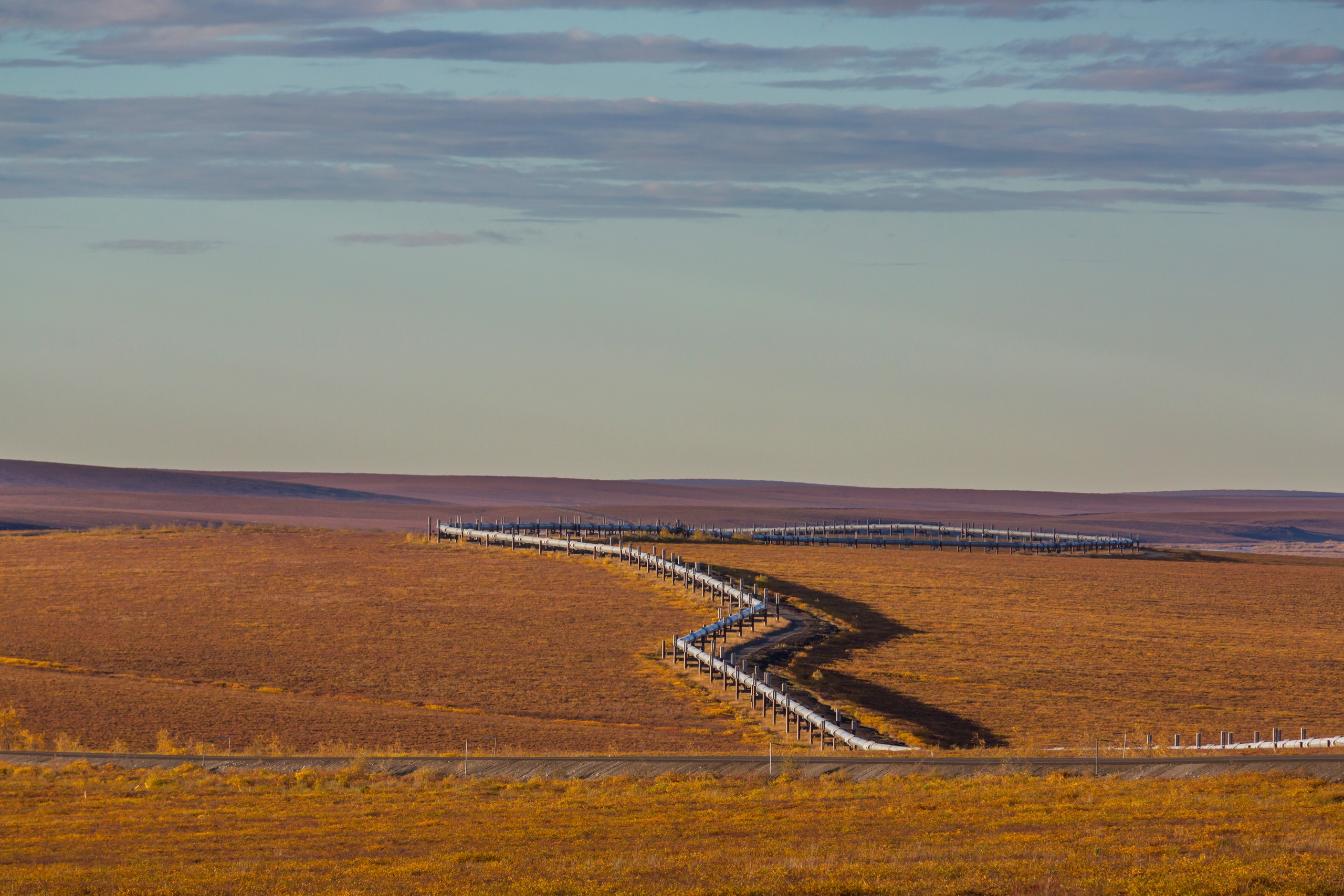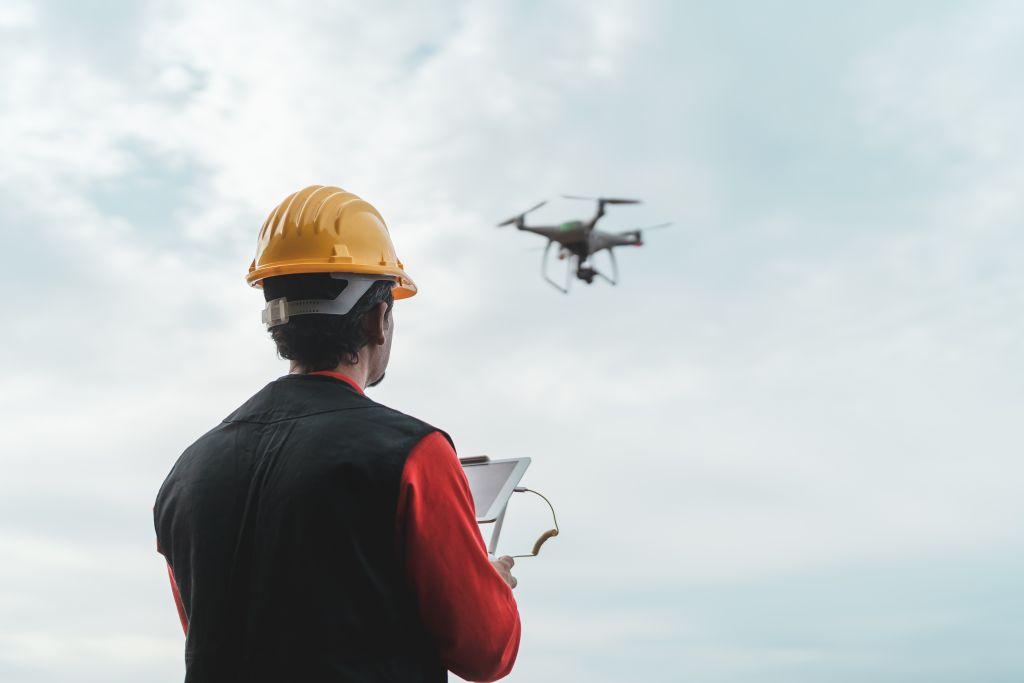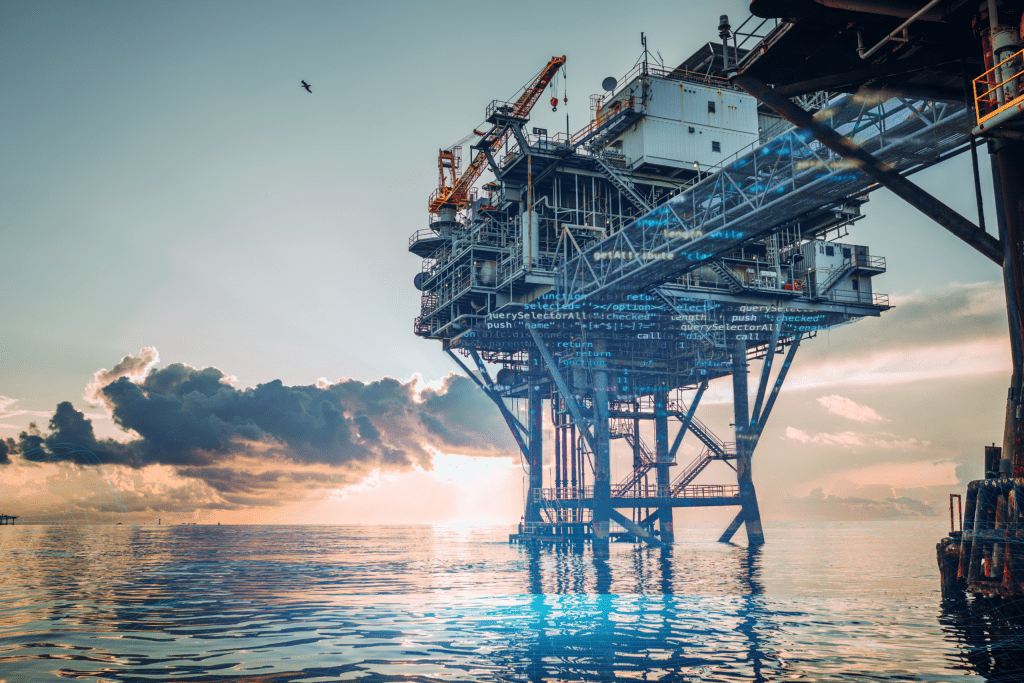Oil and gas pipelines are critical operation components that must provide safe and efficient means of transporting energy resources across vast distances. However, ensuring the safety and reliability of these pipelines requires regular maintenance and inspection, which can be a complex activity
Traditionally, inspection has relied on the human workforce in the field, who visually examine pipelines for signs of damage, corrosion, or other defects and then fill out reports to indicate anomalies or possible problems. However, this approach is time-consuming, costly, and can be prone to human error. Moreover, it is difficult to inspect pipelines located in remote or hard-to-reach areas.
Having these challenges in mind, advancements in artificial intelligence (AI) and machine vision technology have been offering new opportunities to make this essential activity faster and more accurate.
Challenges of Pipeline Inspection
Maintenance and inspection managers have some bottlenecks when inspecting pipelines. The sheer size and complexity of the pipeline networks are some of the central challenges, but also, pipelines used in midstream are often located in remote environments and can be thousands of kilometers long, making it difficult to access them for inspection.
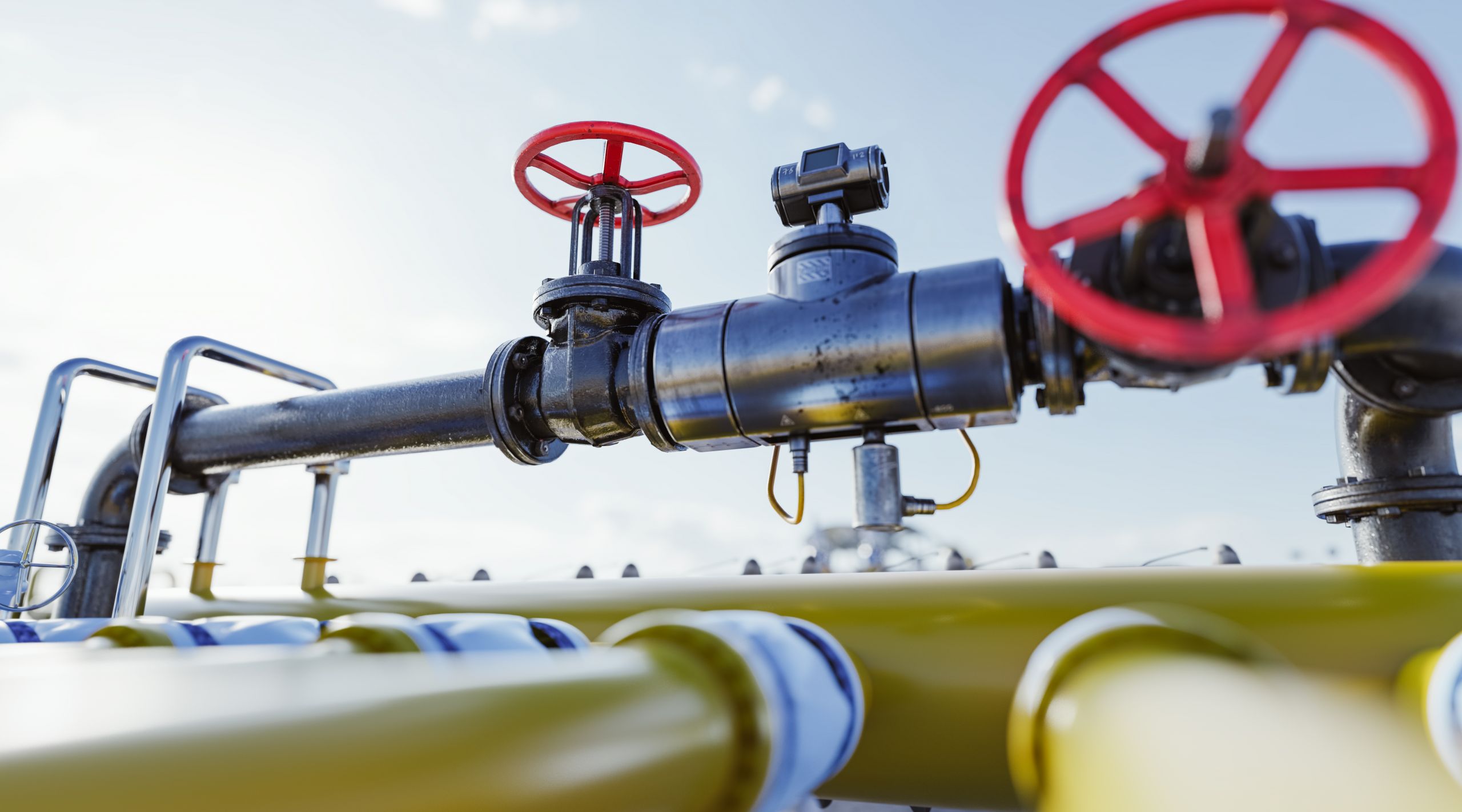
Pipelines used upstream are beyond being present in complex networks and may be thermally isolated, turning the inspection process even more complicated.
The fact is that traditional inspection methods, such as visual inspection, are subjective and prone to human error, leading to missed defects, which can have serious consequences for pipeline safety and reliability.
The Potential of Artificial Intelligence for Inspection
Artificial intelligence (AI) has been a field of incredible developments in the past few years. Every new day algorithm get to be able to execute more complex and impressive functions. In the scenario of the present bottlenecks in pipeline inspections, artificial intelligence has a way to the solution of these challenges too.
By harnessing the ability of machine vision algorithms, AI can provide accurate and reliable pipeline inspection data in a fraction of the time and cost of traditional methods.
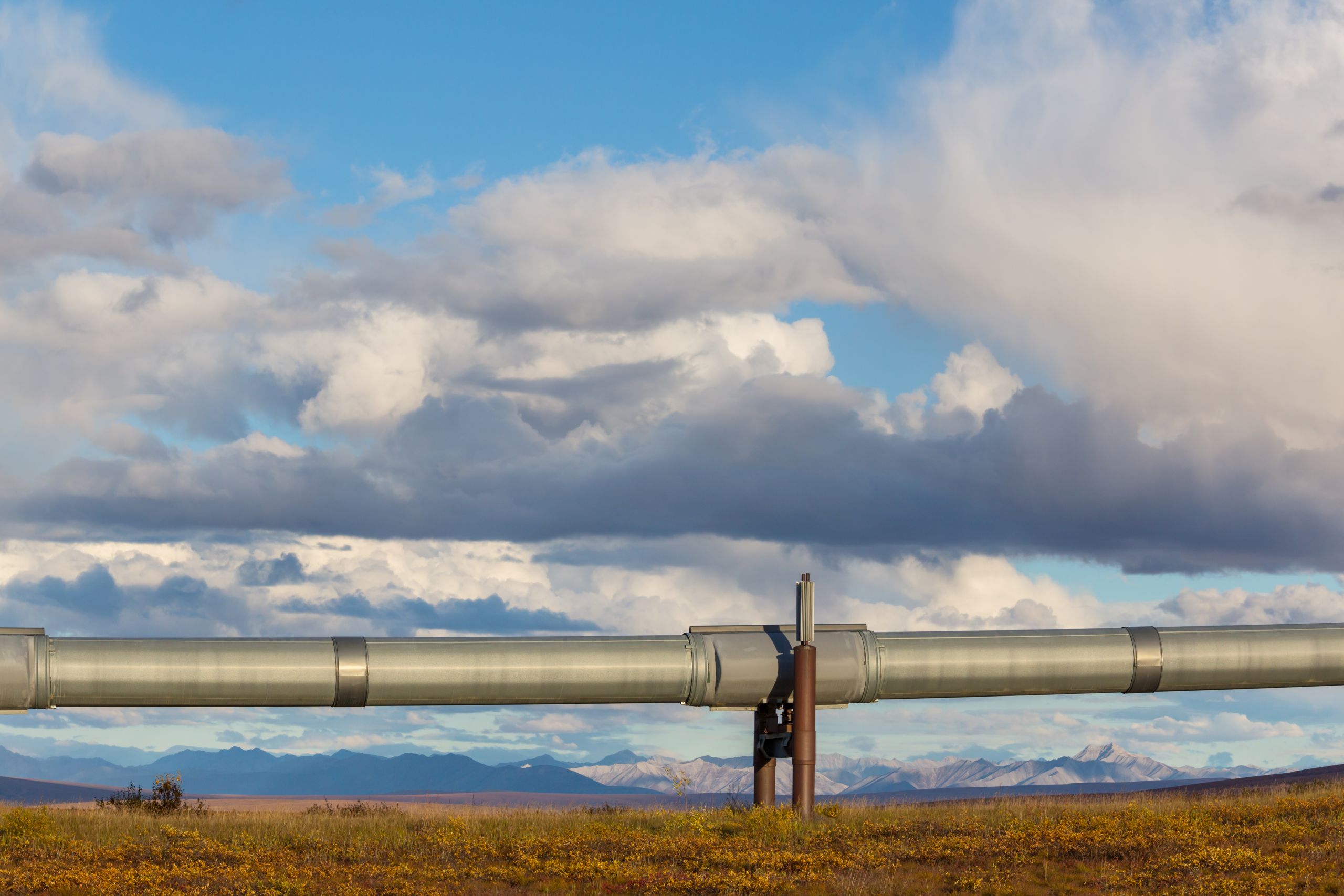
Machine vision algorithms are trained to recognize and classify different types of images. In the context of industry, it can be trained to detect defects, such as corrosion, cracks, and leaks, with a high degree of accuracy.
This allows maintenance and inspection managers to identify potential issues early on, enabling them to take proactive steps to prevent more serious problems from occurring.
Applications of AI in Pipeline Inspection
There are different types of machine vision algorithms that can be used for pipeline inspection, such as image recognition, thermal imaging, and ultrasonic testing. Image recognition algorithms can analyze visual data from cameras mounted on drones or other inspection tools to detect corrosion, dents, or other anomalies.
Thermal imaging can detect temperature variations that could indicate a leak or other issues. Ultrasonic testing can detect cracks and other internal defects that are not visible to the naked eye.
Since these algorithms process images, it is necessary to run drone flights or 360º camera campaigns to capture high-quality images. Even though plants and pipelines may be composed of thousands of square meters, this approach has still been able to be faster than visual inspections.
In addition, AI can also be used for predictive maintenance and asset management. By analyzing data from inspections over time, machine learning algorithms can predict when maintenance is required, helping to prevent potential failures and minimize downtime.
Conclusion
In conclusion, machine vision algorithms have the potential to significantly transform the way pipelines are inspected, making them safer, more accurate, and more efficient. By embracing AI-powered technologies, maintenance, and inspection managers can overcome the challenges associated with traditional inspection methods and ensure the reliability and safety of their pipelines.
If you want to understand how Vidya can enhance pipeline Inspections, fill out the form below
